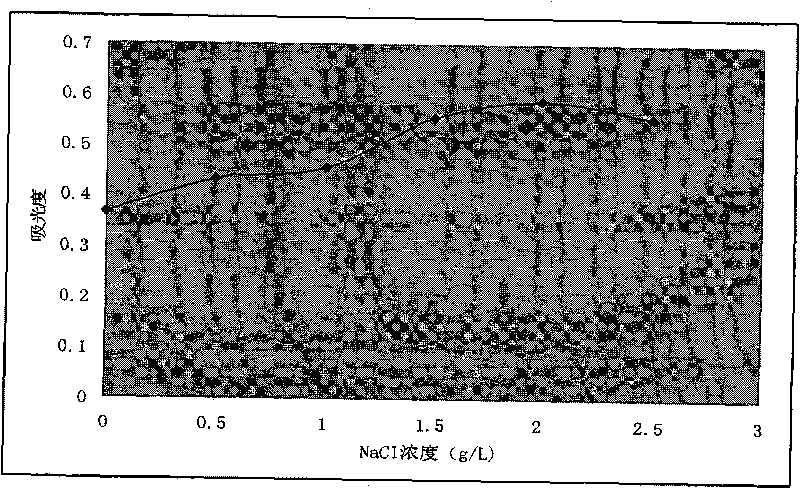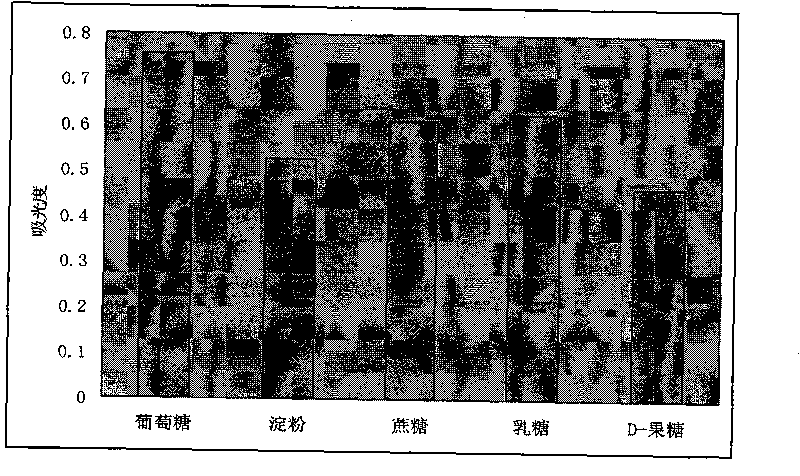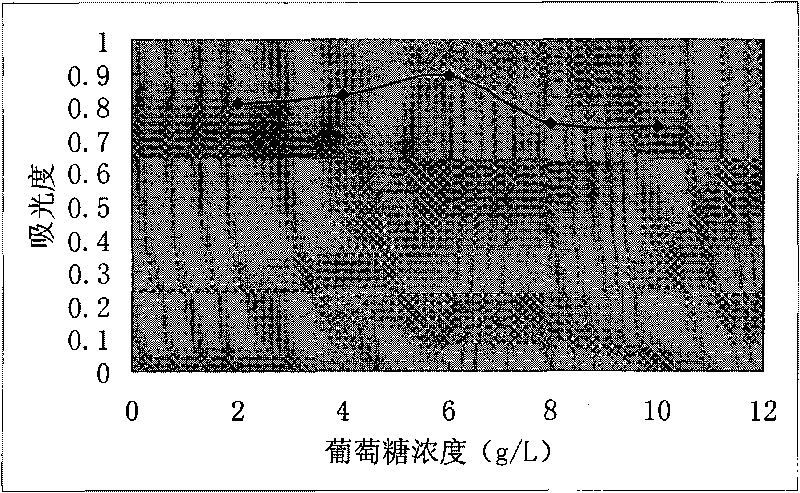Isolation and culture method and application of Agrobaterium isolate
A technology for aquaculture and separation culture, applied in the direction of microorganism-based methods, biochemical equipment and methods, medical preparations containing active ingredients, etc., can solve the problem of inhibiting pathogenic bacteria of difficult-to-sea crustaceans, and no seawater crustaceans larvae The launch of probiotic products and other issues
- Summary
- Abstract
- Description
- Claims
- Application Information
AI Technical Summary
Problems solved by technology
Method used
Image
Examples
Embodiment 1
[0066] Example 1. A method for isolating and cultivating Agrobacterium isolate N6 (Agrobacterium isolate N6), the steps of which are: collecting water for breeding mitten crab seedlings, diluting the water gradiently, and coating it on 2216E marine bacteria solid medium, Cultivate at a constant temperature of 20°C for 72 to 96 hours; select strains with different colony forms and inoculate them into 2216E marine bacteria slant medium for storage; then inoculate the slant strains into 2216E liquid medium, 20°C, 160r / min, culture for 48h, and centrifuge Obtain the bacterial thallus; get the bacterial thalline obtained after each centrifugation, and infect the first stage larvae of Eriocheir sinensis mittenus sinensis just out of the membrane through the method of single bacterial cell infection, compare the metamorphosis rate of the second stage larvae of the flealike larvae, resulting in The bacterium with the highest metamorphosis rate of juveniles was the aquaculture probioti...
Embodiment 2
[0067] Example 2. In the isolation and cultivation method described in Example 1, the strain obtained by centrifugation has the following strain characteristics: the strain is a Gram-positive Brevibacterium with a size of 0.2-0.6 μm×0.8-2.0 μm, no spores, and no capsule; On the 2216E marine bacteria plate medium, the shape is milky white, the edge is smooth, and the middle is protruding; the bacterium is an aerobic bacterium, the growth temperature ranges from 0°C to 28°C, the optimum growth temperature is 22°C, and the growth pH range is 5.5 to 11.0 , the optimal pH is 7.6; the NaCl-resistant concentration is 12%, the most suitable salt concentration is 2%, and no NaCl does not grow; the bacteria can utilize glucose but not starch; it can liquefy gelatin; hydrogen sulfide test, V-P test and Hydrogen peroxide contact enzyme test was positive; methyl red test was negative.
Embodiment 3
[0068] Example 3. refer to Figure 1-10 . In the separation and cultivation method described in Example 1 or 2, the fermentation medium of the bacterial strain obtained by centrifugation is: glucose 7g / L, ammonium sulfate 4g / L, yeast extract 1g / L, NaCl 2g / L, pH7.6; The fermentation conditions are: 5% inoculum size, 20° C., 180 r / min, and culture for 24 hours.
PUM
 Login to View More
Login to View More Abstract
Description
Claims
Application Information
 Login to View More
Login to View More - R&D
- Intellectual Property
- Life Sciences
- Materials
- Tech Scout
- Unparalleled Data Quality
- Higher Quality Content
- 60% Fewer Hallucinations
Browse by: Latest US Patents, China's latest patents, Technical Efficacy Thesaurus, Application Domain, Technology Topic, Popular Technical Reports.
© 2025 PatSnap. All rights reserved.Legal|Privacy policy|Modern Slavery Act Transparency Statement|Sitemap|About US| Contact US: help@patsnap.com



